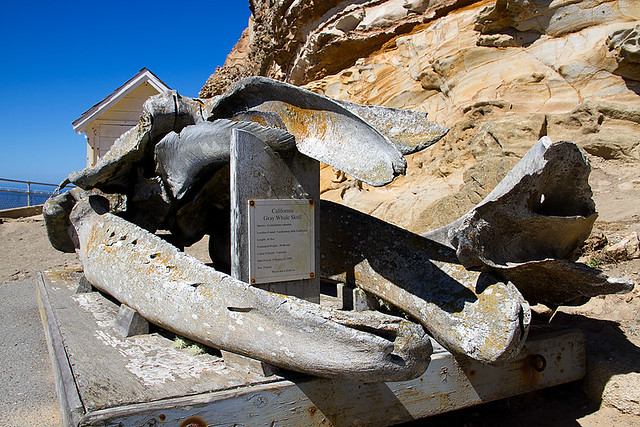
$5000, for the appearance of concern: Romney's "relief" rally goods, bought and paid for by the campaign. Don't miss the larger point here. Chait: "But the story does seem to be a perfect synecdoche for the Republican approach to social policy. The frantic obsession with appearing to help people counterposed against a total lack of concern with the substantive effect is exactly how the party has approached issues like health care, poverty, and education"
Why Democrats Are Right to Politicize Sandy: "What you are going to see over the next week is an overt effort by Democrats to politicize the issue of disaster response. They’re right to do it. Conservatives are already complaining about this, but the attempt to wall disaster response off from politics in the aftermath of a disaster is an attempt to insulate Republicans from the consequences of their policies."
MILBANK: Romney’s getting less truthful. “The fast-and-loose with Jeep points to a troubling Romney instinct: When the stakes are high, as they are for him in must-win Ohio, the truth is often the first casualty. It's difficult to quantify a candidate's relationship with the facts, but The Post's fact checker, Glenn Kessler, has calculated that, for much of the campaign, Romney and Obama were roughly even in their prevarications -- until the past few months, when Romney has sharply ramped up his output of falsehoods. Back in May, Romney's average "Pinocchio" rating from Kessler was 1.97 on a scale of 0 to 4. Obama was at 1.91. Now, Obama is at 2.11 and Romney is at 2.40 -- putting him at the level of hogwash perpetrated during the primaries by Rick Perry (2.41) and Newt Gingrich (2.44).”
At the Polls, Choose Your Capitalism: Our form of capitalism has led us to where we are today. The United States may be good at generating wealth. It is arguably one of the most innovative and entrepreneurial economies in the world, producing technologies that have been essential to powering global growth. But the American way has not been effective at transforming affluence into broad-based well-being. It may look as if our social and economic woes are a product of rampant globalization. To a large degree, however, they are a consequence of how we have chosen to address the opportunities and challenges of our high-tech, globalized world. Our cutthroat approach to capitalism has exacted high social costs.
Rewarding Republican Obstructionism: While it’s true that President Romney could expect more cooperation from congressional Republicans, in the long term, a vote against Obama on these grounds is a vote for more of this kind of gridlock. Politicians do what wins them elections. If this strategy wins Republicans the election, they’ll employ it next time they face a Democratic president, too, and congressional Democrats will use it against the next Republicans. Rewarding the minority for doing everything in their power to make the majority fail sets up disastrous incentives for the political system.
Nearly 70% of special interest money goes to the Republicans: Super PACs and nonprofits unleashed by the Citizens United Supreme Court decision have spent more than $840 million on the 2012 election, with the overwhelming majority favoring Republicans, particularly GOP presidential nominee Mitt Romney. An estimated $577 million, or roughly 69 percent, was spent by conservative groups, compared with $237 million spent by liberal groups, or about 28 percent, with the remainder expended by other organizations.
U.S. Voter Turnout Will Likely Fall Short of 2004, 2008 "Key Gallup indicators of voter turnout, collected prior to superstorm Sandy, suggest voter turnout will fall short of what it was in 2004 and 2008. U.S. registered voters report giving less thought to the election, and are less likely to rate their chance of voting as a "10" on a 10-point scale, than in 2004 and 2008, two higher-turnout elections. However, the 2012 figures are higher than in 1996 and 2000, two lower-turnout elections.
Frequent voters use less juice: Americans who vote more frequently tend to use 7 percent to 10 percent less electricity than infrequent voters, according to an analysis by Opower, an energy efficiency software firm. The company cross-referenced electricity use data with publically available voting records. The difference isn't due to differences in the house's physical characteristics, the company writes. Instead, Opower hypothesizes that older Americans have a higher voter turnout but lower energy consumption, and that "there is something special about politically engaged Americans that also leads them to consume less energy."
10 House Races That Will Reveal Who’s Winning On Election Night The outcome of the presidential election won’t be known until late Tuesday night — at the very earliest. But the results of House races will begin to trickle in early, and a few key bellwethers will signal which party’s having a good night well before the next president accepts a concession call from his opponent. Here are 10 swing races on the East Coast and in the Midwest to use as an election night barometer, selected by TPM based on input from Republican and Democratic aides who closely monitoring them.